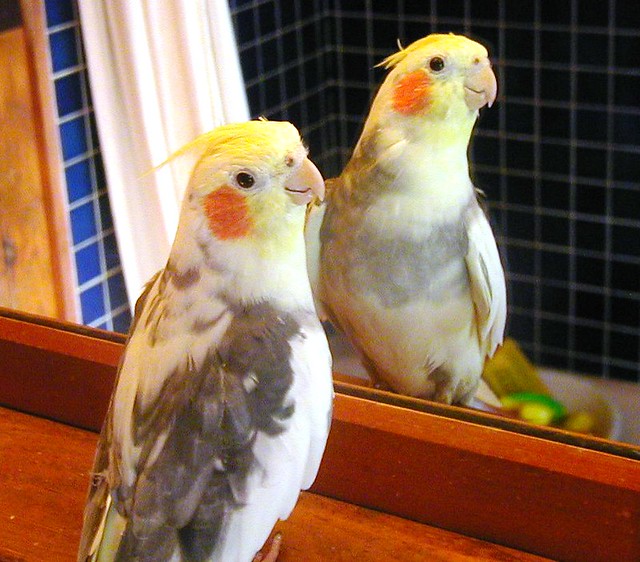 |
The more you spend time with your pet bird the more you will become familiar with their unique personality. Like humans, these birds possess unique personalities that tell you how they feel in their own special ways.
1. Have you ever had trouble concentrating during long class hours or business meetings? Like people birds get bored too, so keep the training session short. 10 minutes are about the ideal length in retaining your bird’s attention.
2. Comfort and familiarity are important to birds too if you’re using props to train your bird then leave them near the cage and let the bird warm up to those items.
3. Once again, birds are like people in that they can’t concentrate very well with distractions. Turn the TV and your stereo off when you’re training your pet and try to find a quiet place away from the cage. If the bird, however, has some insecurities or is frightened you should probably keep the bird near the cage to let it feel secure.
4. We all remember things better when there’s a reward involved. (Remember that gold star you got for turning the homework in on time back in elementary school?) Find a treat that your feathered friend will be rewarded with if it performs a trick correctly. The treat doesn’t necessarily have to be food but if you do choose to give your pet something to eat, make sure it’s small and something that is easily consumed. Though praises or a good head scratch is always preferred.
5. Consistency is the key to success. Try to train your bird same time every day. That way your bird has something to look forward to and can get used to the routine.
6. Try to avoid your pet from developing bad habits. Biting can be avoided by keeping your hands out of beak range when training your bird. That way your bird won’t be as tempted to take a bite out of your finger.
7. If your bird starts to misbehave don’t get intimidated, remain calm and stay close until the bird calms down. You can leave when the bird has stopped stirring, this way it teaches your pet that acting out won’t get it what it wants.
8. Remember that each bird behaves differently and all birds require patience and commitment. Don’t expect for your bird to behave like a Harvard student after one or two training sessions. With abundant affection and consistent training, your bird will learn to build bonds with you and perform tricks.
By Roy Tanaka - Article Source: EzineArticles
|

